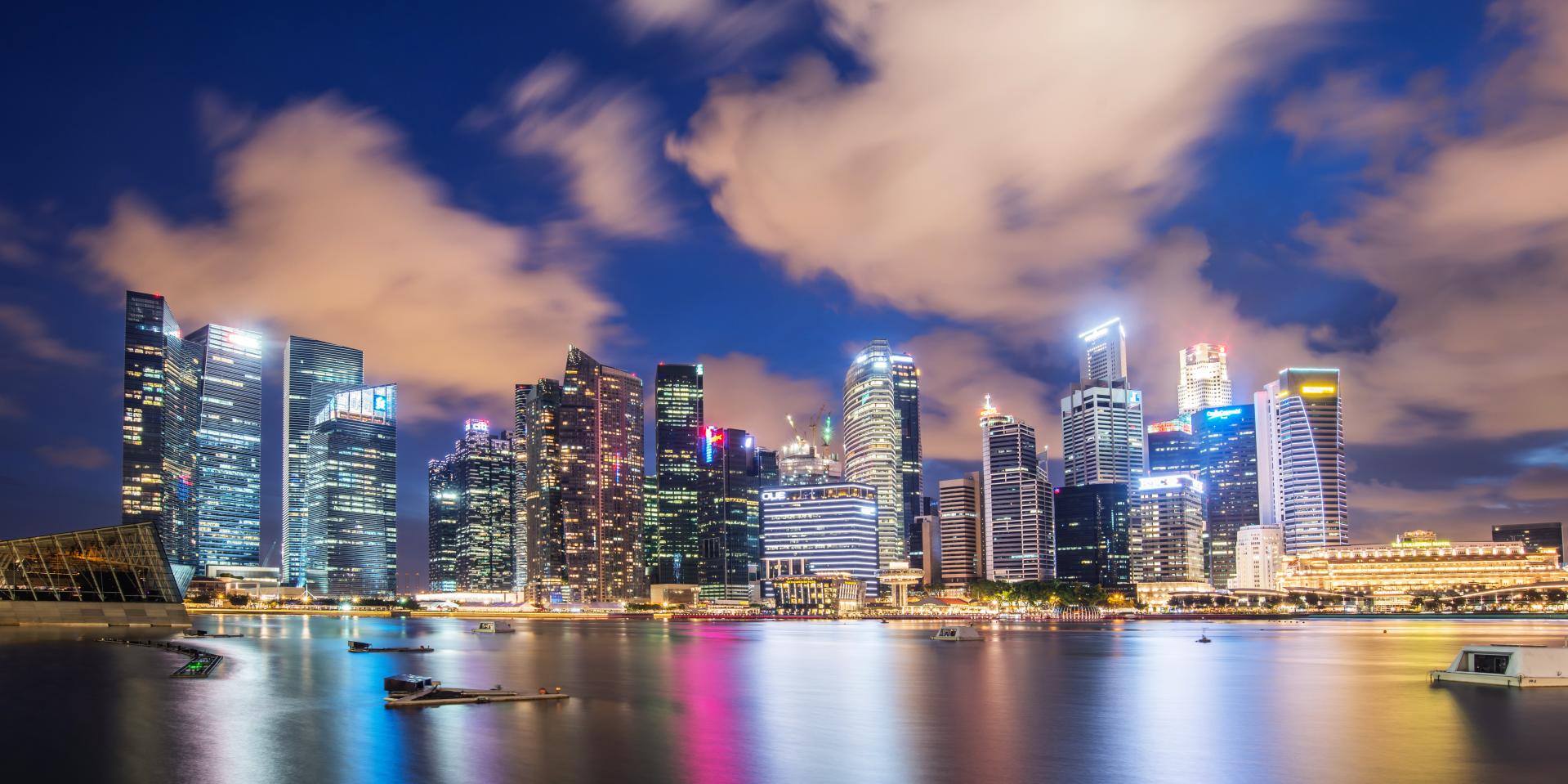Pre-19th Century:
Ancient Settlements: Archaeological evidence suggests
that Singapore was inhabited as early as the 3rd century BCE, with artifacts
and remains found on the island indicating human activity during the Neolithic
period. These early settlers were believed to be indigenous Malays and Orang
Laut (sea nomads) who engaged in fishing, hunting, and trading along the
coastal areas.
Srivijaya and Majapahit Empires: Singapore's
strategic location at the southern tip of the Malay Peninsula made it a vital
trading post for regional empires such as the Srivijaya Empire (7th to 14th
centuries) and the Majapahit Empire (13th to 16th centuries). As part of these
empires, Singapore flourished as a center for maritime trade, connecting the
Indian subcontinent, Southeast Asia, and China.
Colonial Era (1819-1963):
1819: Sir Stamford Raffles, an official of the
British East India Company, establishes a trading post on the island of
Singapore, laying the groundwork for British colonial rule in the region.
Raffles recognized the strategic importance of Singapore's natural harbor and
sought to establish it as a British trading hub in Southeast Asia.
1824: The Anglo-Dutch Treaty of 1824 formalizes
British control over Singapore, Malacca, and Penang, effectively ending Dutch
influence in the region. Singapore's status as a British possession is
solidified, and it becomes an important outpost for British colonial expansion
in Asia.
1867: Singapore is designated as a Crown colony,
signaling a shift towards direct British rule and greater administrative
control over the island. This period sees the rapid development of Singapore's
infrastructure, including the construction of roads, bridges, and public
buildings, as well as the establishment of a legal and judicial system.
1915-1916: Singapore experiences a period of economic
downturn due to the impact of World War I and the collapse of rubber prices,
which were a key export commodity for the island. The decline in economic
activity leads to social unrest and political discontent among the local
population.
1942-1945: Singapore falls to Japanese occupation during
World War II following the British surrender in February 1942. The Japanese
occupation brings hardship and suffering to the local population, with forced
labor, food shortages, and atrocities committed against civilians. The period
is remembered as a dark chapter in Singapore's history.
1946-1959: Post-war reconstruction efforts lead to
economic recovery and political developments in Singapore. The formation of
political parties and the emergence of nationalist movements pave the way for
greater self-governance and democratic reforms. The establishment of a
partially elected Legislative Assembly in 1955 marks a significant milestone
towards greater autonomy for Singapore.
1963: Singapore joins the Federation of Malaysia
along with Malaya, Sabah, and Sarawak, forming a new nation-state. However,
political disagreements and ideological differences between Singapore and the
federal government lead to tensions within the federation.
Independence and Modern Era (1963-present):
1965: Singapore gains independence from Malaysia
after political disagreements and racial tensions between the Chinese-majority
population in Singapore and the Malay-dominated federal government. The
separation marks the end of Singapore's brief union with Malaysia and the
beginning of its journey as a sovereign city-state.
1965-1980s: Under the leadership of Prime
Minister Lee Kuan Yew and the People's Action Party (PAP), Singapore embarks on
a rapid industrialization and modernization drive. The government implements
economic policies focused on export-oriented growth, attracting foreign
investment, and developing key industries such as manufacturing, finance, and
shipping.
1980s-1990s: Singapore shifts its focus
towards developing its education system, healthcare infrastructure, and housing
programs to improve the quality of life for its residents. The government
introduces policies aimed at promoting social cohesion, racial harmony, and
meritocracy, laying the foundation for Singapore's success as a multicultural
society.
2000s-present: Singapore continues to evolve as
a global city-state and economic powerhouse in the 21st century. The government
adopts a forward-looking approach to economic development, investing in
technology, innovation, and sustainable growth sectors. Singapore's reputation
as a leading financial center, technology hub, and regional business hub
continues to grow, attracting talent and investment from around the world.
Culture and Traditions:
Multicultural Society: Singapore's population is a
melting pot of diverse ethnicities, cultures, and religions, including Chinese,
Malay, Indian, and Eurasian communities. This cultural diversity is reflected
in Singapore's food, language, architecture, and festivals, making it a vibrant
and cosmopolitan city.
Festivals and Celebrations: Singapore celebrates a wide
range of cultural festivals and holidays throughout the year, including Chinese
New Year, Hari Raya Puasa, Deepavali, and Christmas. These festivals are marked
by colorful parades, traditional performances, and communal gatherings,
showcasing the rich tapestry of Singapore's multicultural heritage.
Cuisine: Singaporean cuisine is renowned for its
diversity and flavors, influenced by Chinese, Malay, Indian, and Peranakan
culinary traditions. Hawker centers, food courts, and street vendors offer a
wide variety of dishes, from iconic favorites like Hainanese chicken rice and
laksa to lesser-known specialties like roti prata and nasi lemak.
Connecting Locals and Strangers:
Step into a vibrant digital
community where Singaporeans can chat and talk with fellow residents, both
familiar faces and strangers, across the city. This website serves as a
bustling online hub, designed to foster connections, share local events, and facilitate
discussions about happenings in neighborhoods, streets, and towns throughout
Singapore.
Sharing Local Events:
From neighborhood block parties to
city-wide festivals, this website is the go-to destination for sharing and
discovering local events and activities. Users can post about upcoming
gatherings, cultural celebrations, and community initiatives, ensuring that
residents stay informed about the latest happenings in their area.
Engaging Discussions:
Join in lively discussions about
everything from local politics and current events to favorite neighborhood
hangouts and hidden gems. Chat forums and discussion boards provide a space for
residents to exchange ideas, ask questions, and share recommendations,
fostering a sense of camaraderie and connection among users.
Empowering Communities:
This platform empowers residents to
take ownership of their local communities by creating profiles for their
neighborhoods, streets, or towns. By adding images and details about their
area, users can showcase the unique character and charm of their surroundings,
inviting others to join the conversation and explore their neighborhood.
Guest Login Feature:
